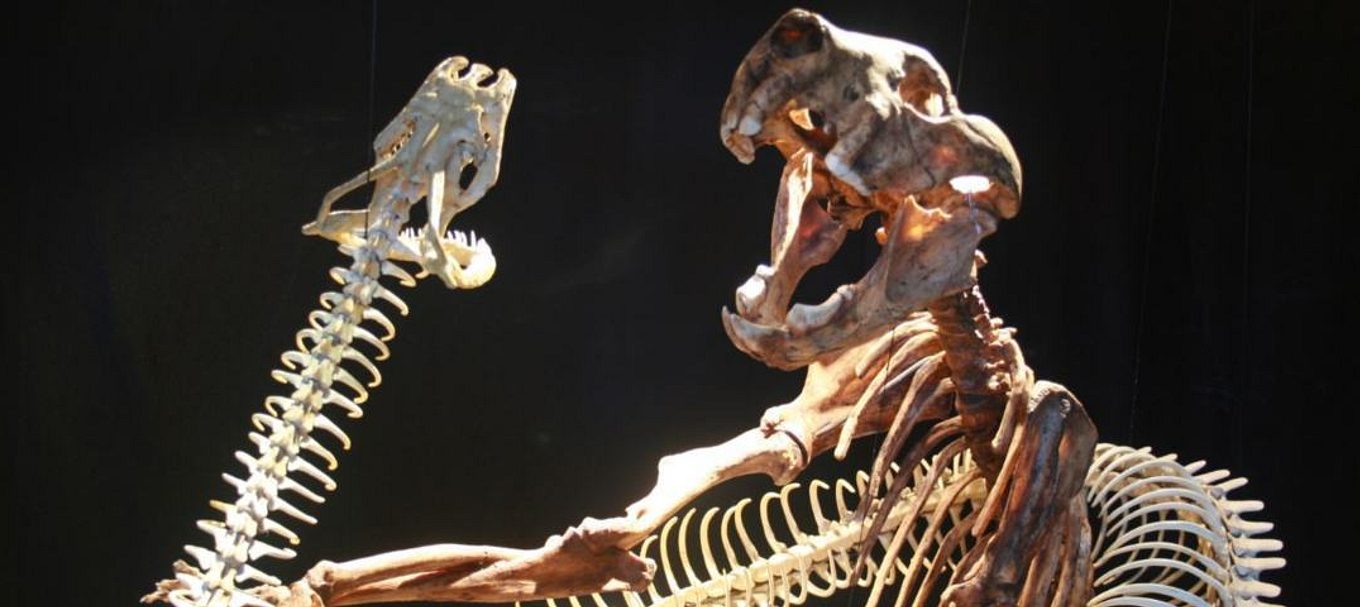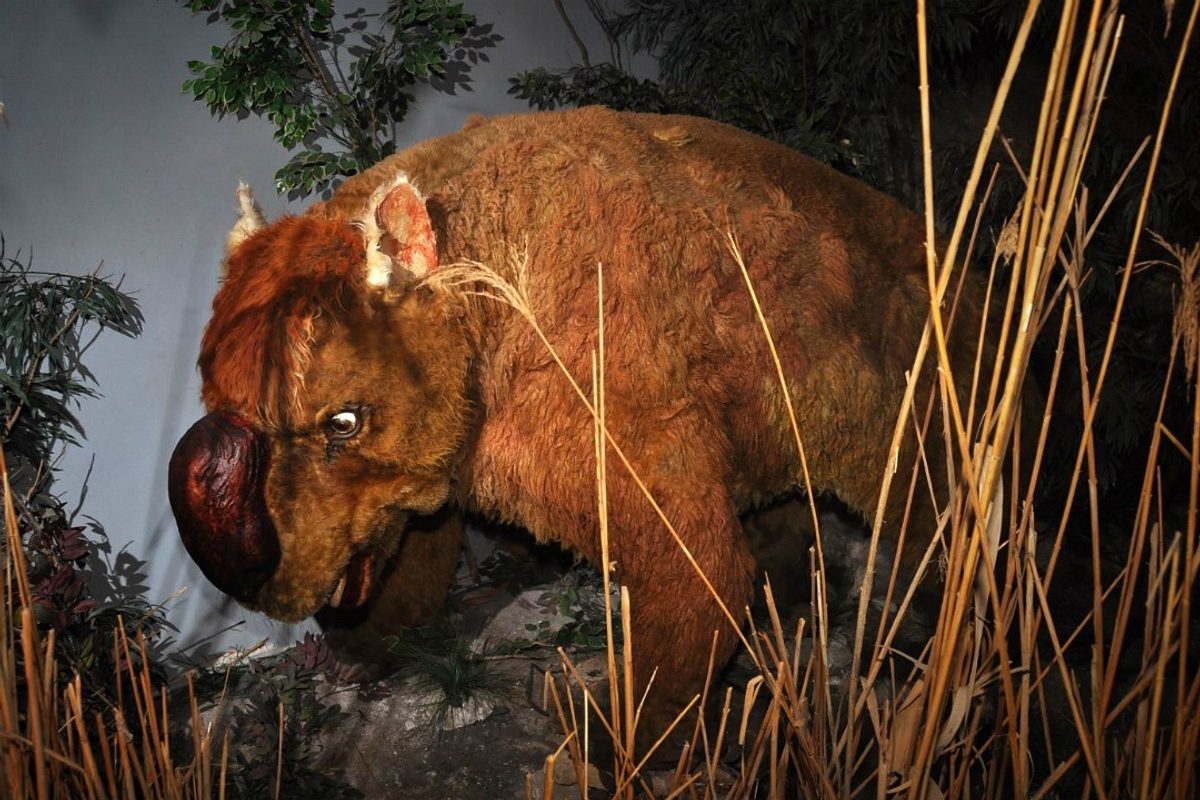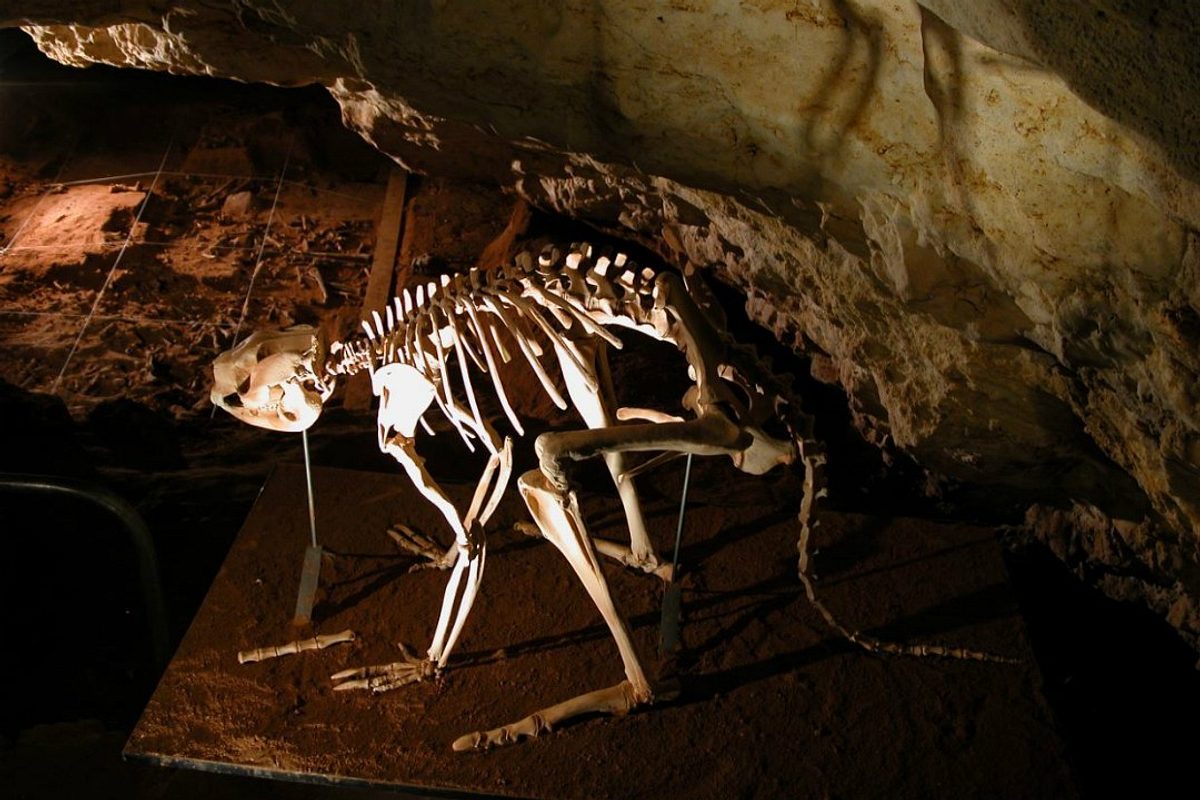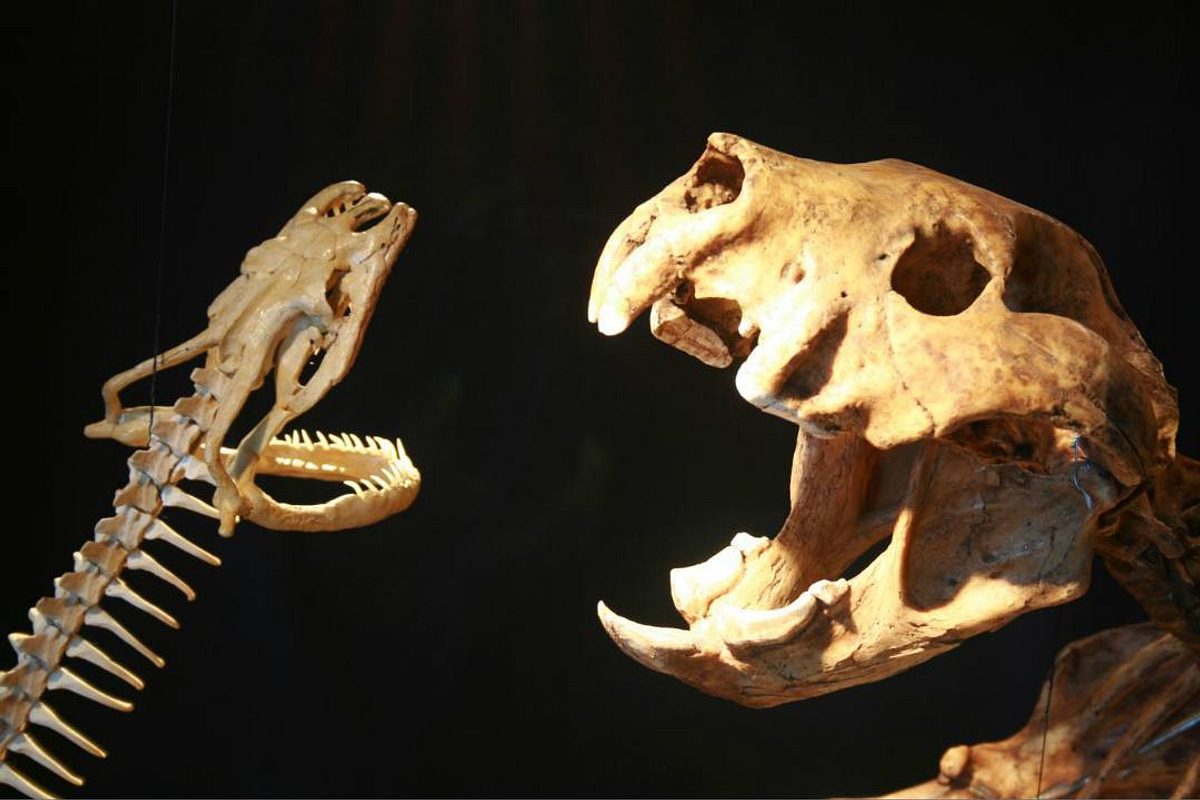
Get to know 5 of South Australia’s megafauna species
Very few dinosaurs have been found in South Australia, but that doesn’t mean we’re short on megafauna fossils.
The remains of the first animals on Earth have been found in the Ediacaran Hills in the northern Flinders Ranges, and ancient marine reptiles like the pliosaur have been found converted into opals in Coober Pedy and Andamooka, but the most plentiful fossils are from the megafauna.
The word ‘megafauna’ translates to ‘big animal’ and is used to describe species with body mass estimates of more than 45 kilograms. Megafauna were once widespread across Australia, but became extinct about 50,000 years ago – the same time as the first humans arrived.
Many megafauna fossils have been found in pitfall caves like the World Heritage-listed Naracoorte Caves, where animals fell in through roof holes and were unable to escape. Animals became trapped in the caves at Naracoorte over a period of 500,000 years, leaving it with a rich fossil record covering more than 130 vertebrate species. Victoria Cave is a particularly significant site for Australian megafauna fossils.
Here are some of our favourite species of megafauna:
1. Marsupial lion (Thylacoleo carnifex)
Weight: About 110 kg
Length: 1.5 m from nose to tail
The marsupial lion was the largest of Australia’s marsupial carnivores, sporting an impressive set of teeth and a large claw on both front legs.
The Australian carnivore may have hunted other megafauna species, though scientists have varying theories about what it actually ate. As a marsupial, Thylacoleo carnifex had a pouch for rearing its young, much like a kangaroo or koala.

2. Diprotodon optatum
Weight: 1.5 to 2.5 tonnes
Length: 3 m
Diprotodon is often referred to as a giant wombat, and it did have a rear-facing pouch similar to a wombat.
However this prehistoric wombat was also closely related to modern koalas, as shown by its very koala-like nose. It was about the size of a white rhinoceros, making it the largest of all the marsupials, and like rhinos, it was herbivorous, probably living in grassy areas and open woodland, and eating a range of different plants.
Few diprotodon have been found at Naracoorte because they were too large to fall through the roof holes, but a number have been found in swampy areas in the state’s South East.
Similar species include Zygomaturus trilobus, sometimes referred to as a marsupial hippopotamus, and Palorchestes azeal, the pig-like marsupial tapir, which had a small trunk.

3. Giant short-faced kangaroo (Procoptodon goliah)
Weight: Up to 200 kg
Height: 2m
The giant short-faced kangaroo was the largest kangaroo in history. It was only a little taller than the red kangaroo, today’s current biggest kangaroo title-holder, but was much stockier and weighed more than twice as much.
Even though it was the biggest kangaroo ever, the short-faced giant kangaroo had a large, short head, compared to the more deer-like snout of modern kangaroos. It also had forward-facing eyes and chin, giving it an almost primate-like appearance, and only a single toe on its hind feet.
Like all kangaroos, it was herbivorous, though scientists believe it ate leaves rather than grass.

4. Wonambi (Wonambi naracoortensis)
Weight: About 50kg
Length: Up to 5 m
Wonambi was a giant snake that took its name from an Aboriginal word for the rainbow serpents that inhabited waterholes in the Dreamtime.
It was non-venomous, instead killing its prey by constriction. It was related to the madtsoiids, an ancient group of snakes that were once common on all the continents that had been part of the super-continent of Gondwana, but which died out everywhere except Australia about 55 million years ago.

5. Megalania (Varanus priscus)
Weight: About 600 kg
Length: Up to 7m
This giant monitor lizard came from the same family as modern goannas and komodo dragons. No complete skeleton has ever been discovered, but the bones that have been found suggest it was a massive, heavily-built creature.
This ancient Australian carnivore probably competed for prey with the marsupial lion, and would have been capable of taking down an animal as large as diprotodon.

Want to learn more about megafauna?
The Wonambi Fossil Centre and the Victoria Fossil Cave at Naracoorte Caves in South Australia’s South East is a fantastic place to start. This spectacular 800,000-year-old limestone cave system is the state’s only World Heritage Site and is also home to a colony of 40,000 southern bent-wing bats.
If amazing geological formations, caves and ancient fossils sound appealing read our blog on geological parks in South Australia.





